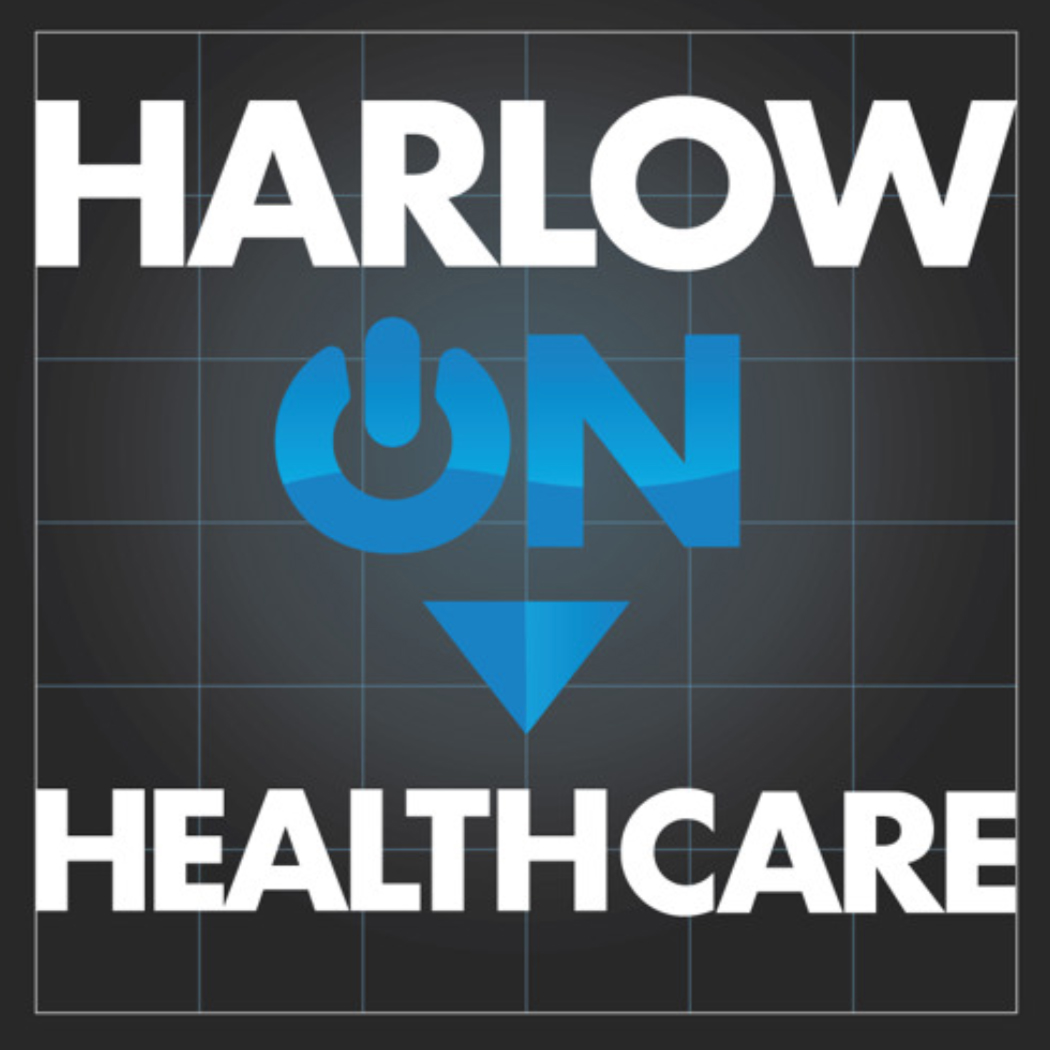The U.S. healthcare system is on a journey – a journey to the future. When we get there, we need to be sure that environmental conditions are right; if they are not, the system — and possibly all of the system’s patients — will be at grave risk.
The uses of healthcare data analytics are often described as having three stages of maturity: descriptive analytics, predictive analytics and prescriptive analytics. Descriptive analytics encompass the clinical recordkeeping with which we are all familiar from implementations of electronic health record systems. All test results, encounters, admissions, procedures, care plans and more are documented, so that — at least within the four walls of a particular system — we have a reasonably accurate historical record which supports clinical care and operations. Predictive analytics require a large volume of descriptive data showing trends or outcomes in order to be able to predict — for example — how a particular patient would respond to a particular therapy. Prescriptive analytics, when they are more broadly ready for prime time in healthcare delivery systems, will generate clinical recommendations for individual patients (if X is found, then do Y); a subset of prescriptive analytics, precision medicine, where algorithms can recommend therapy based on a patient’s sequenced DNA and likely response to therapies, is already yielding positive results.
Most of the healthcare system is still working primarily with descriptive analytics, but advances in the digitization of health data and the broader availability of gene sequencing has resulted in the availability of more and more health data. This, together with data drawn from other sources (both within and without the health care system), run through artificial intelligence algorithms developed with machine learning, has begin to yield more and more personalized medicine. We still have a long way to go before prescriptive analytics will be able to consistently, easily and accurately recommend the health care services needed by each of us, when we need them.
So how does this relate to health insurance reform? First let me take a slight detour into the question of whether health insurance as we know it is really insurance. Short answer: no, it is not. Slightly longer answer: insurance is the bundling of many small risks of a significant loss occurring — like homeowners’ insurance policies purchased by many individuals, only a small number of whom will ever experience a house fire. By contrast, we all know that we will all use our health insurance. We all have check-ups, diagnostic testing, office visits for winter colds and flus and summer sunburns and weekend warrior injuries. Many of us have chronic conditions that require a little — or a lot — of regular services and medications. And we all expect our health plans to pay for all of these regular services — in addition to the “catastrophic” care that we hope we never need. It is really more of a payment plan than insurance.
Some day — not anytime soon, but some day — through genomic and other testing and analytics, and by reviewing and digesting all data in a patient’s electronic health records and elsewhere, we will have greater and greater insights into our individual health, and prescriptive analytics will be able to map out the services we need at a very granular level. (There’s a even a patent application covering something like this filed a couple years ago.) In theory, this will someday be so granular and precise that we will be able to know exactly what health care services each of us will need. (Of course, there are baby steps already being taken in the use of AI and analytics in administering the health care economy.)
When that day comes, what will health insurance look like? As noted above, it’s already not really insurance — but when we have more refined specific understandings about our personal health status and future health care needs, it really won’t be insurance. Will commercial health plans continue to take just a handful of factors into account (community rating, age, etc.) in setting premiums, or will they move even more explicitly in the direction of treating health insurance as a payment plan? Since each of us has different risk profiles, will each of us get a personalized “premium.” Current law would not allow for that to happen, but these laws do change from time to time, and who knows what the Affordable Care Act or related state laws will look like in ten years?
Perhaps the idea of prescriptive analytics becoming mainstream in healthcare — even though that eventuality is still beyond the horizon — is as good a reason as any to begin to think seriously about reforming the country’s approach to financing health care services. (Some would move directly to a discussion of “Medicare for All.” Since that phrase gets tagged with different meanings by each person who uses it, it’s probably a good idea to use different terminology.) Plenty of other countries have different systems, their costs are lower, and their life expectancy figures are better. It stands to reason that we could do something different, eliminate the rampant fraud, abuse and waste in our system, and end up with a far more cost-effective approach to financing health care services. I’m all for using the unending forward march of analytics in healthcare as a prompt to kick off this conversation. If we’re so smart when it comes to devising diagnostics, treatments and cures, let’s be smart about paying for healthcare, too.
David Harlow
The Harlow Group LLC
Health Care Law and Consulting
Image credit: Mike MacKenzie via www.vpnsrus.com and Flickr CC


